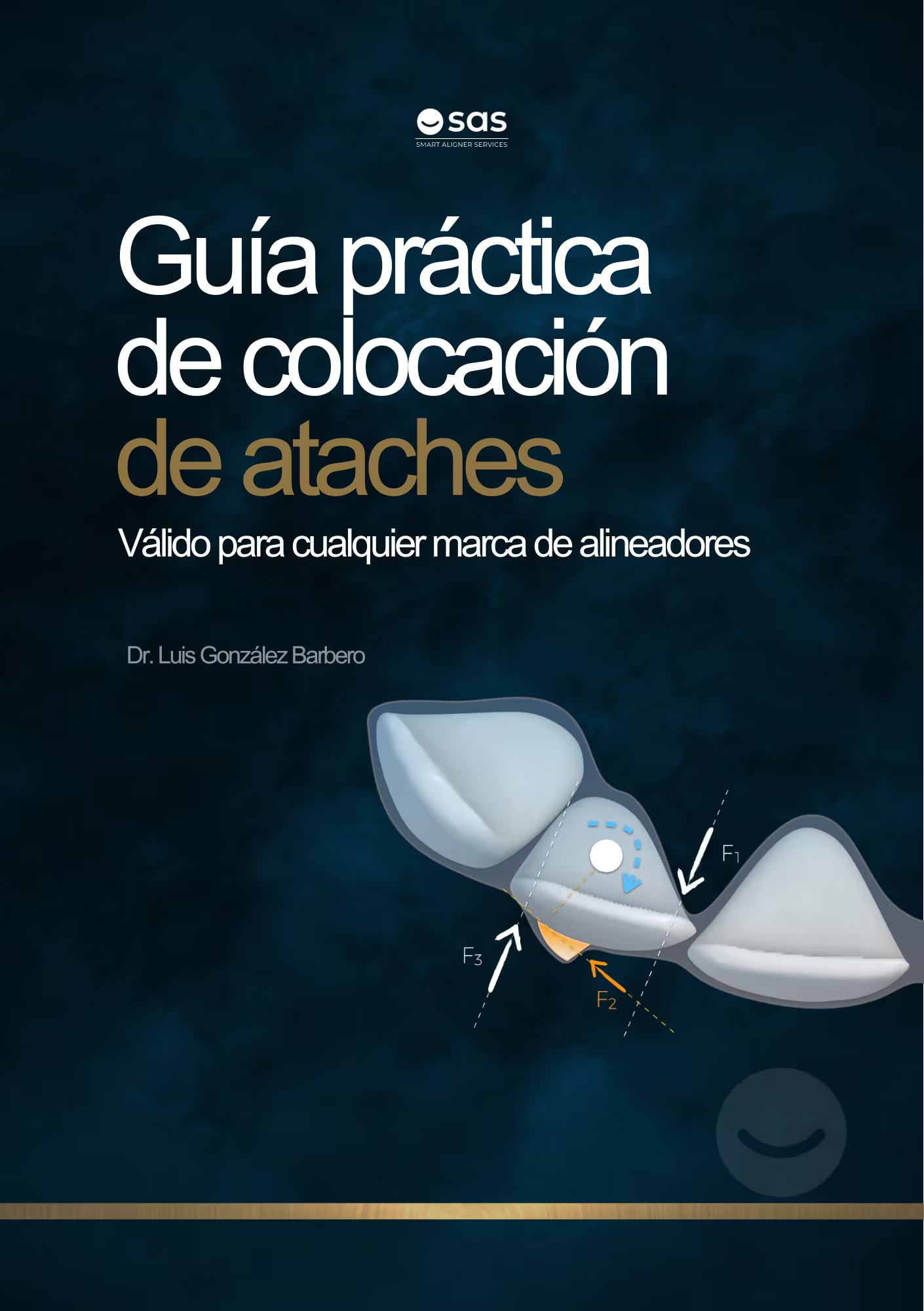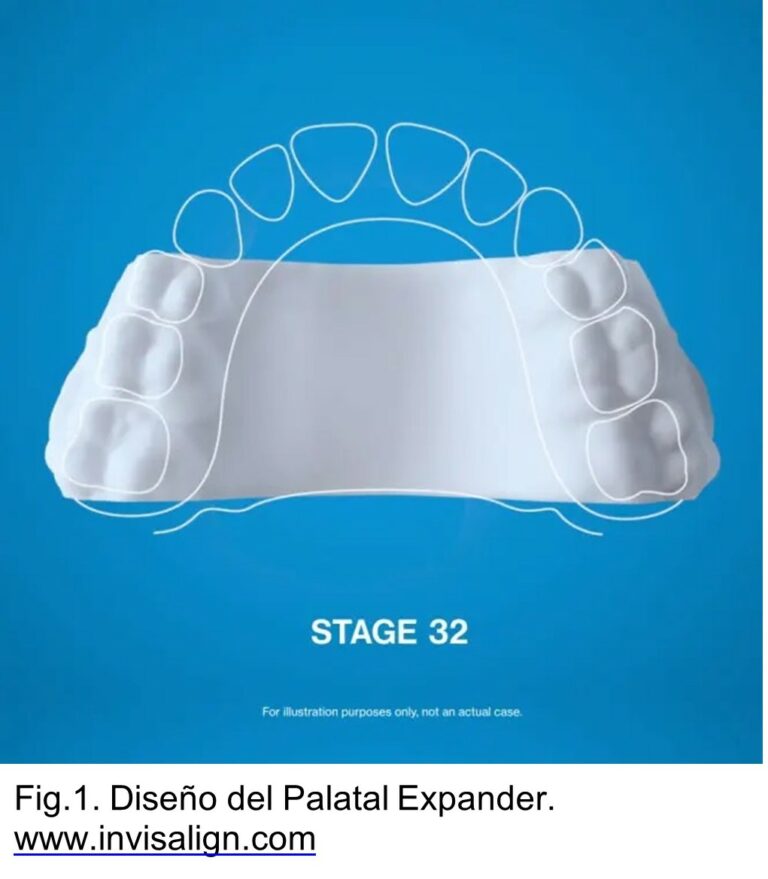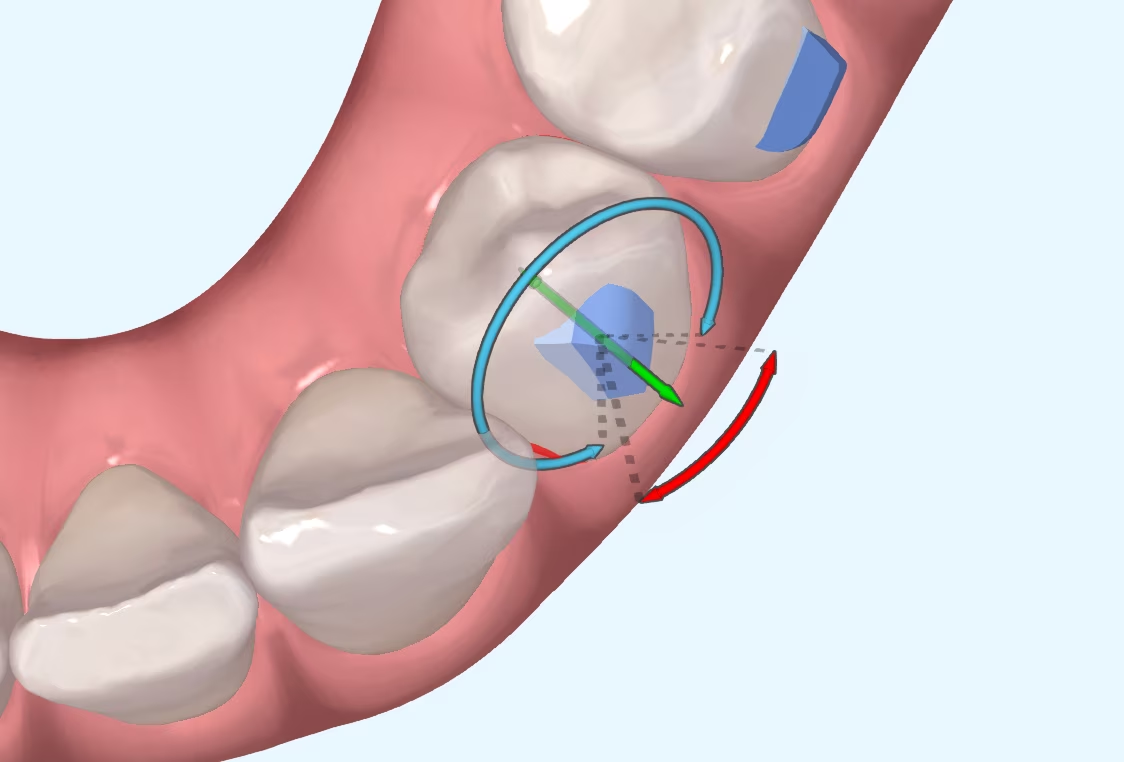
Which attachments are better for premolar rotation?
I guess many of you know the myth of Achilles, the Greek hero who was submerged as a child in the River Styx by his mother to make him immortal. According to the legend, Achilles was hit by a poisoned arrow right in the only area that did not touch the water, his heel, causing his death.
Such stories may seem far-fetched or children's stories, but we can always learn something from them for our daily lives. That heel that doomed the Greek hero is a way of reflecting the imperfection inherent in almost everything around us (and, why not say it, in ourselves). While we love aligners, we know that, just like braces or other orthodontic appliances, they have weaknesses. And one of these weaknesses is rotation of premolars.
The system of forces that we apply with aligners to premolar rotation is not as effective as the one we manage to create with fixed appliances. With aligners, a planned misalignment progressively moves the premolara movement that requires an attachment to be achieved effectively. The attachment provides us with an additional surface on which to apply a force capable of rotating the tooth, since the crown itself is not sufficiently retentive for the aligner to adequately de-rotate the premolar..
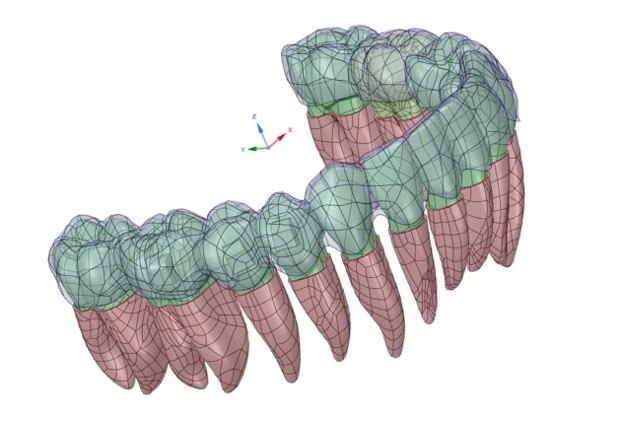
The studies that analyzed the effects of premolar rotation with and without attachments conclude that, thanks to the attachments, the movement was achieved more effectively. Scientific studies and clinical evidence confirm that attachments are necessary.The next step will be to look at the design of these attachments to improve or optimize the force system created.
Before talking about the design of the attachments, it is worth remembering that there are more variables that can affect the rotation of the premolars, such as the size of their crown, the speed of movement (without going any further, in the study by Cortona et al. they found that the activation of 1.2° per stage is the most effective), the direction of rotation and the material of the aligners. Therefore, sometimes we will see that, although the ClinCheck is well planned, the movements are not expressed in the patient in the same way. Unfortunately, aligners have several Achilles' heels.

When we go to rotate a premolarWhen we are going to rotate a premolar, we will usually apply a force from the buccal side on the attachment. To make this force tangent to the crown surface, the ideal attachment will be a a vertical rectangular attachment without bevels.Thanks to this design, the plastic will contact the mesial or distal surface of the attachment, depending on the direction of rotation, and generate a force vector that will help rotate the attachment. This option, on paper, is the one that seems to work best, but it is not always the right one. We have to think that the shape of the attachment will influence the fit of the aligner. If we have a rectangular attachment without beveling, the risk of mismatch will be greater, since we are going to demand more flexibility from the aligner so that it is able to "catch" the tooth and take it to its future position.
We are clear on the concept that the smaller the angle between the faces of an attachment and the tooth surface, the greater the risk of mismatch. The planned movements are virtually never 100% predictable, so we also assume that during treatment there will be a slight difference between the movement the aligner wants to make and the movement that is occurring in the mouth. For that reason, in most cases we will choose beveled attachments, since the bevel increases the angle between the attachment face and the tooth surface, thus reducing the risk of mismatch and the undesired effects derived from it.
And finally, the million dollar question: which way should we orient the bevel? Some say in the direction of rotation, others prefer the direction opposite to rotation... The reality, as we often say, is that there is no right or wrong option. It will depend on many factors. For example, if we have a more flexible, less retentive material, we will use attachments beveled in the direction of rotation, so that the active face of the attachment is more retentive. However, when we have a more rigid material or a larger crown that gives us more retention, the attachment can be oriented in the other direction of rotation. Both options are valid depending on the context in which we work. Personally, I usually work with vertical attachments beveled in the same direction as the direction of rotation. I encourage you to try one or the other and choose the one that works best for you. Having a good base of biomechanics is important, but learning from yourselves will help you even more to improve your results.
Cortona A. et al. Clear aligner orthodontic therapy of rotated mandibular round-shaped teeth: A finite element study. Angle Orthod. 2020;90:247-254
If you would like to learn more about how to design these and other attachments to solve your invisible orthodontic cases, you can do so with our book titled Practical guide to attachment placementClick on the book to get it.
Share this post:
Other entries

Which attachments are better for premolar rotation?
I suppose many of you are familiar with the myth of Achilles, the Greek hero who was immersed as a child in the River Styx by his mother in order to make him
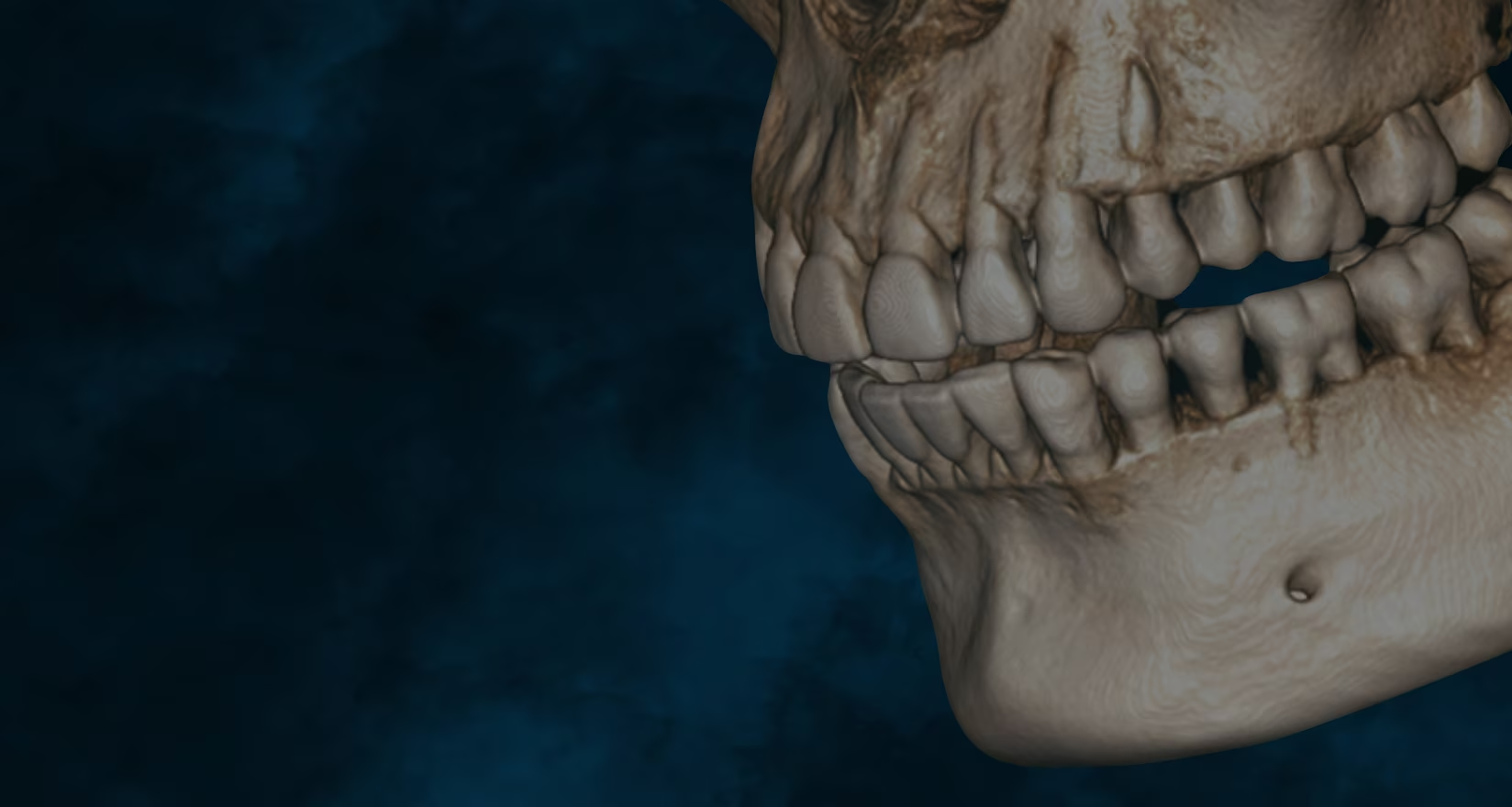
Has CBCT been a step forward in dentistry?
What is CBCT? CBCT is a medical imaging technique that uses a special type of computed tomography (CT) scan to obtain three-dimensional images.
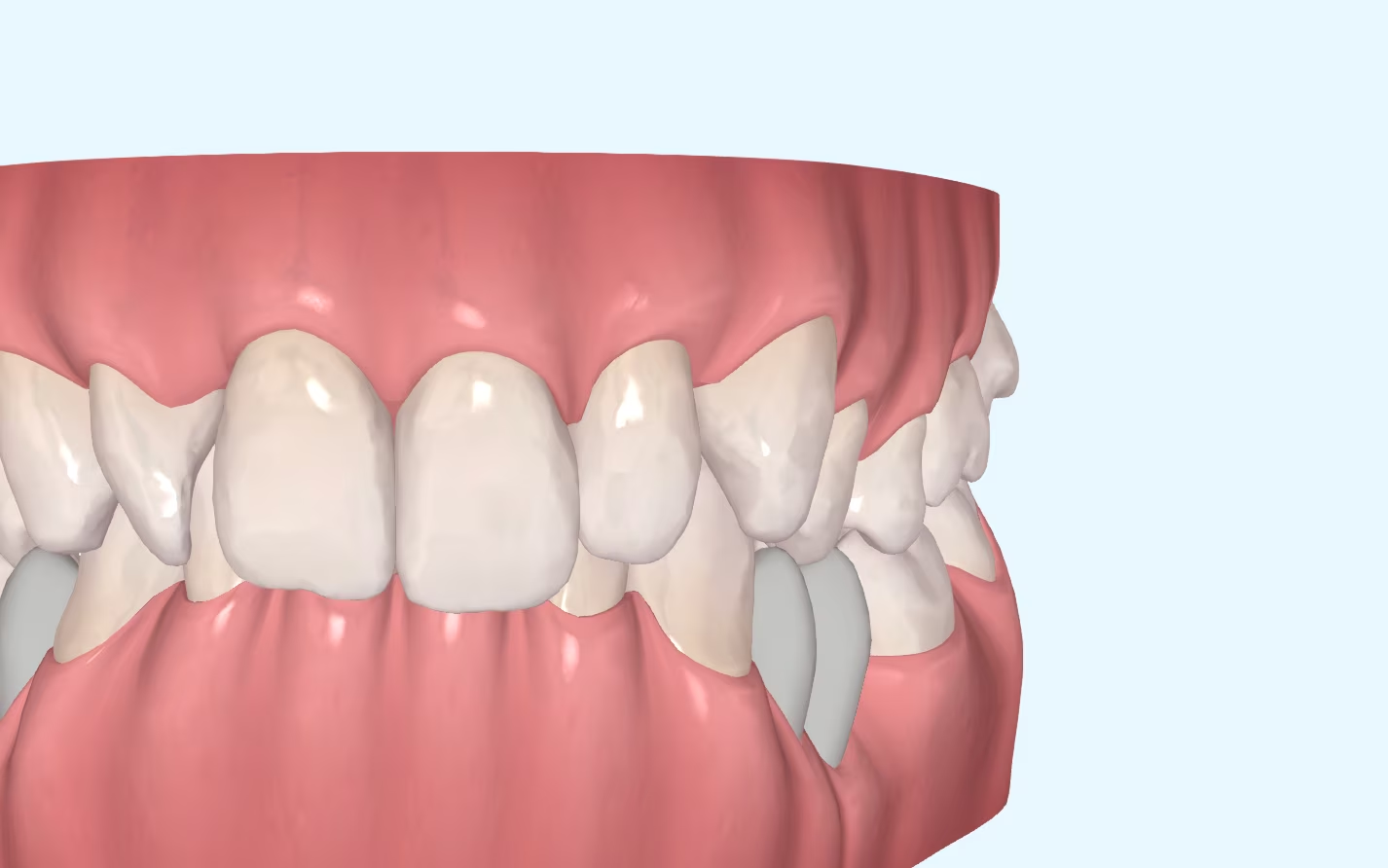
Mastering the Overbite: Strategies and Challenges:
Challenges of Overbite In the more than 20 years that we have been working with invisible orthodontics, we have gone from considering some malocclusions "impossible" to daring to

Are we aware of what we are doing?
It is not a question to make us feel guilty. It is only a question that invites us to reflect, to think about the impact we can have in
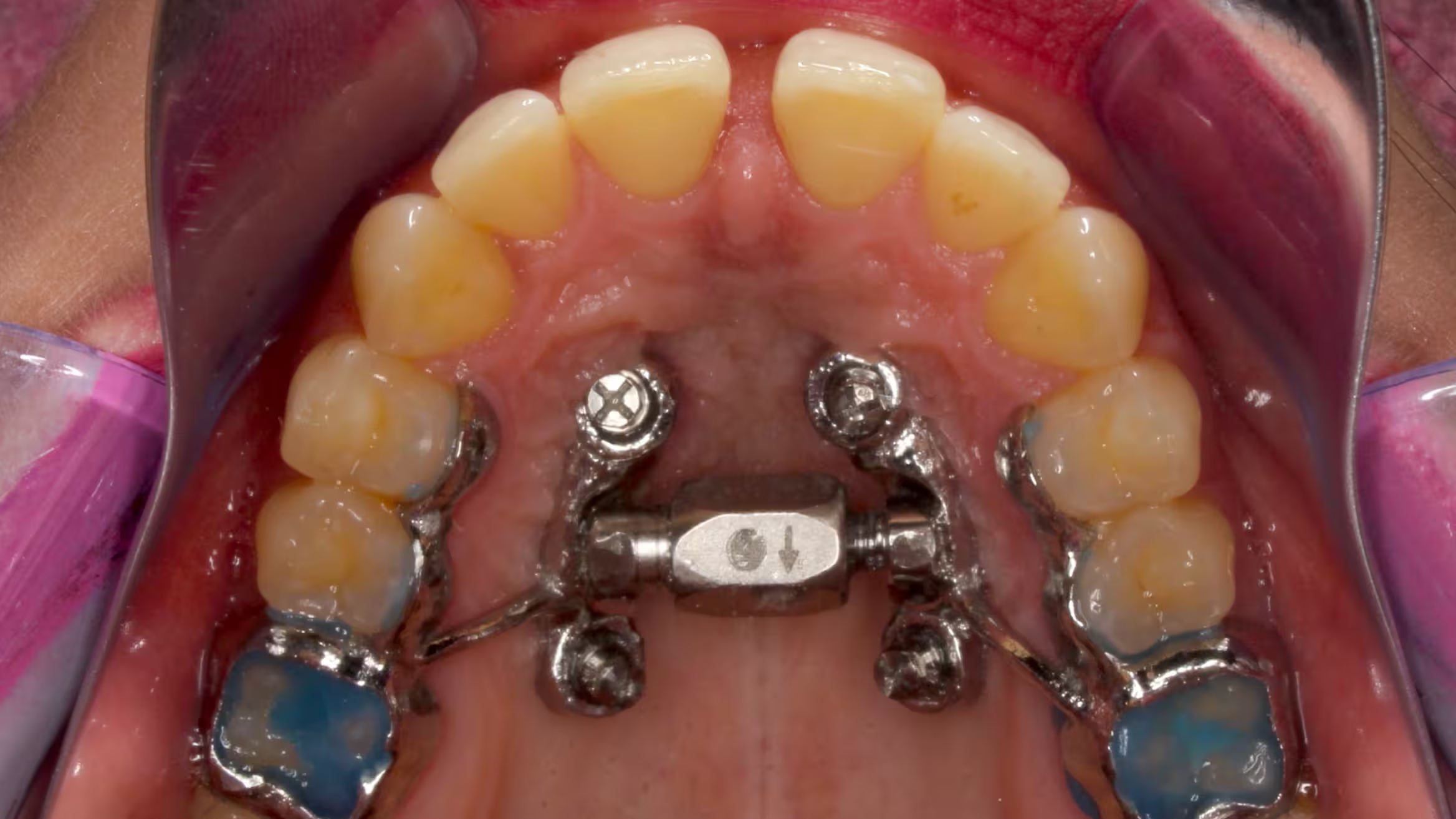
MARPE: Is there an age limit for placement?
Introduction: Understanding Maxillary Compression Maxillary compression is a relatively common problem seen in our daily practice. This osseodental discrepancy that presents the

